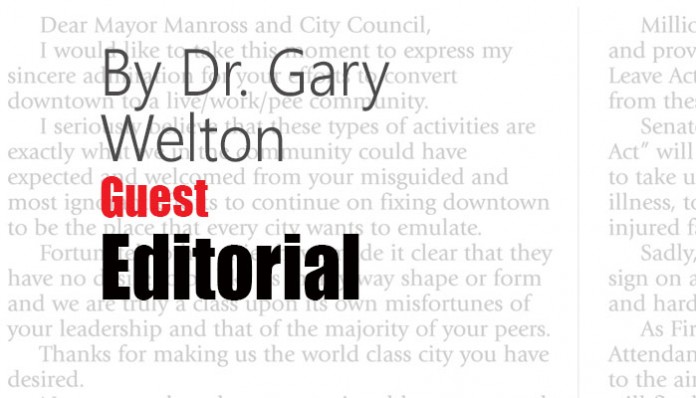Last month, while interviewing former senator Jim Webb, “Meet the Press” host Chuck Todd labeled Webb “a rare and dying breed. A centrist and a moderate.” Todd also suggested that “The center’s been hollowed out.”
Intense emotions are pervasive on our social media feeds. It seems that half of America thinks President Donald Trump can do no wrong. The other half is “spitting bricks.” Donald Trump (like President Barack Obama or Hillary Clinton) seems to resonate like the New England Patriots. Either you love him, or you hate him.
According to Jim Webb (currently a Democrat; formerly a Republican), the current level of American uproar is not because of the Trump victory. He said, “If Hillary Clinton had won, you would be seeing the same sort of activity that you’re seeing now. They would just be focused on different things.”
Granted, there are a few voices of moderation. I appreciate that certain senators are pushing back, including John McCain, Susan Collins, and Lindsey Graham. Nevertheless, America has taken yet another step toward intolerance, as the left cannot tolerate the right, and the right cannot tolerate the left.
The psychological dynamic that is driving this divide is termed group polarization. Research shows that when groups of people are formed on the basis of some shared value, and then given the opportunity to discuss that shared value, that the group discussion moves them toward a more extreme position—it polarizes them. If you divide a sample of college students into pro-life and pro-choice groups, give them 30 minutes within their subgroups to discuss the issue, the students will exit their two groups being more pro-life and more pro-choice than they had been before the study. The chance to dialogue with kindred spirits moves the groups toward extreme positions.
Group polarization is especially frightening when applied to terrorist cells. Extremists of this sort easily locate other extremists on social media, and because of their interactions, these extremists become even more dangerous. The dynamics of group polarization become very problematic in a social media world during an age of terrorism.
The forming of homogeneous groupings of extreme views is exponentially more likely, given our social-media outlets. Pro-Trump people block their recent friends who comment from the left; anti-Trump people block their one-time friends on the right. As a result, each group spends more time reinforcing its views. The left moves farther to the left; the right moves farther to the right. The great divide widens with the polarizing effect of social media.
Our more effective presidents, regardless of their party, learned to govern with a bipartisan approach. Presidents Ronald Reagan, George H.W. Bush, and Bill Clinton were all able to work with the other party. For the last 16 years, however, not so much. One can argue that the current administration exists solely because Obama was unable to govern from the center; likewise the Obama administration existed because George W. Bush was unable to engage in bipartisan politics. The Trump administration needs to realize that the demise of the Democratic Party is seriously exaggerated. The Democrats will return to power sooner or later, depending on the extent to which the Trump administration is perceived as overplaying its hand. The voters who first switched from Reagan Democrats to the Bubba Block, and now to the Deplorables, will switch again, if and when the Republicans overplay their hand.
To my friends who post balanced and well-reasoned comments on Facebook, I thank you (both of you). To the rest of America, remind yourselves that all humans are imperfect, all human institutions need accountability, and America has always relied on a balance of power. Our government needs that balance of power. Your thinking would also benefit from such balance. The challenges that we face in America require multiple insights and perspectives. They will not be solved by the extremes of either party. Instead, we need voices like John McCain and Jim Webb.
Let’s practice a more reasoned and tolerant dialogue. Let’s quit polarizing America. We desperately need a stronger input from centrist America.
Dr. Gary L. Welton is assistant dean for institutional assessment, professor of psychology at Grove City College, and a contributor to The Center for Vision & Values. He is a recipient of a major research grant from the Templeton Foundation to investigate positive youth development.





